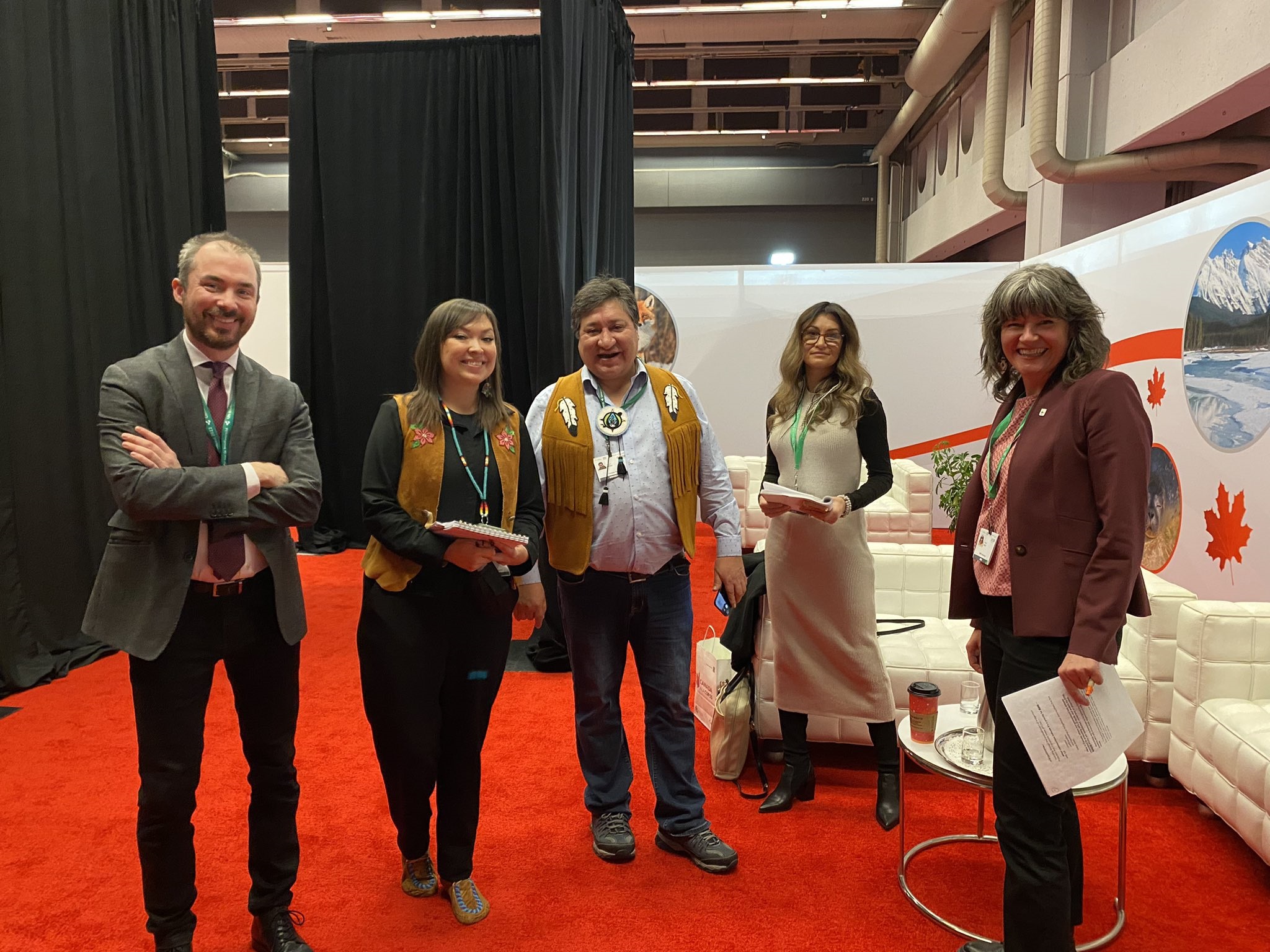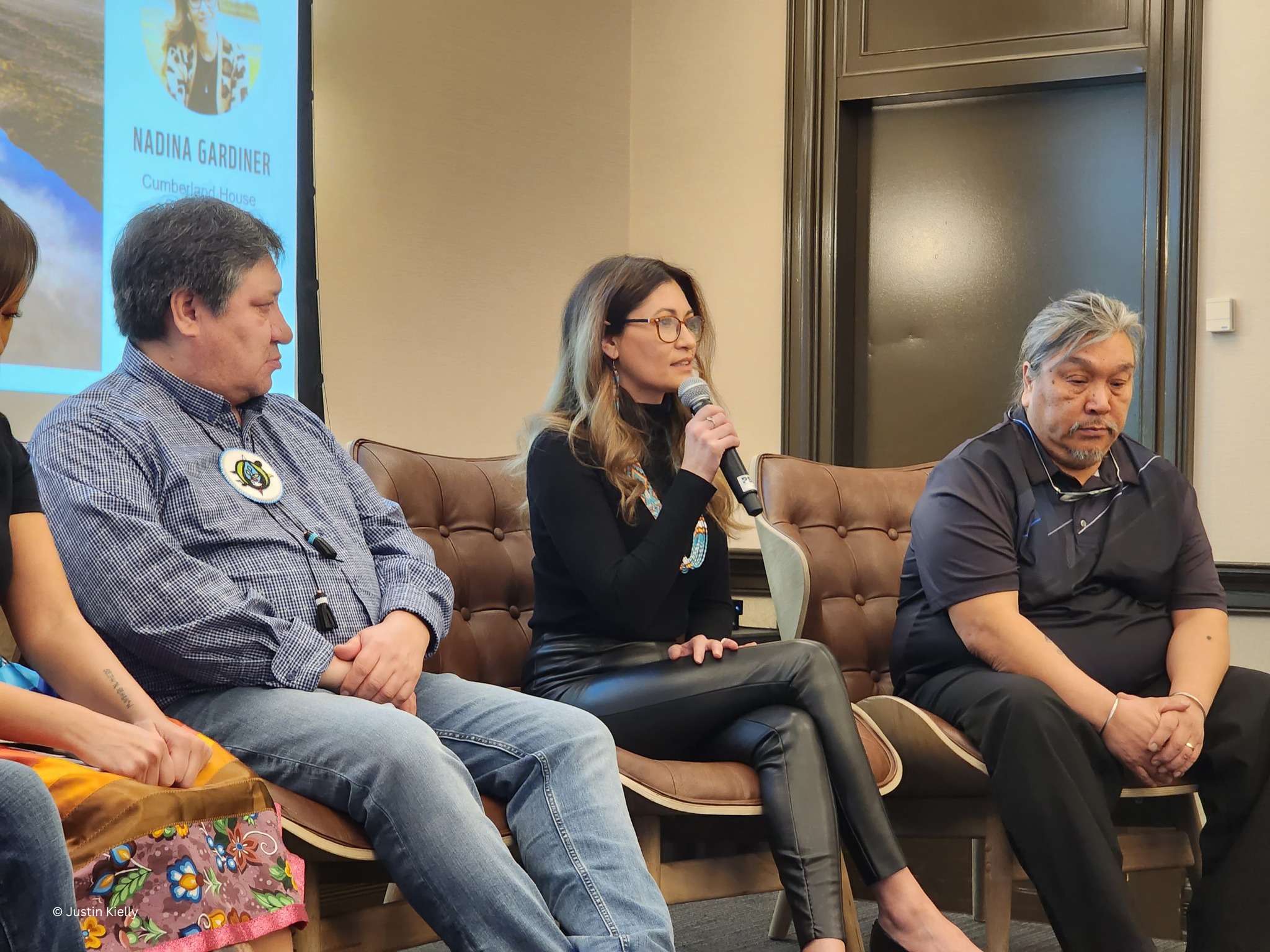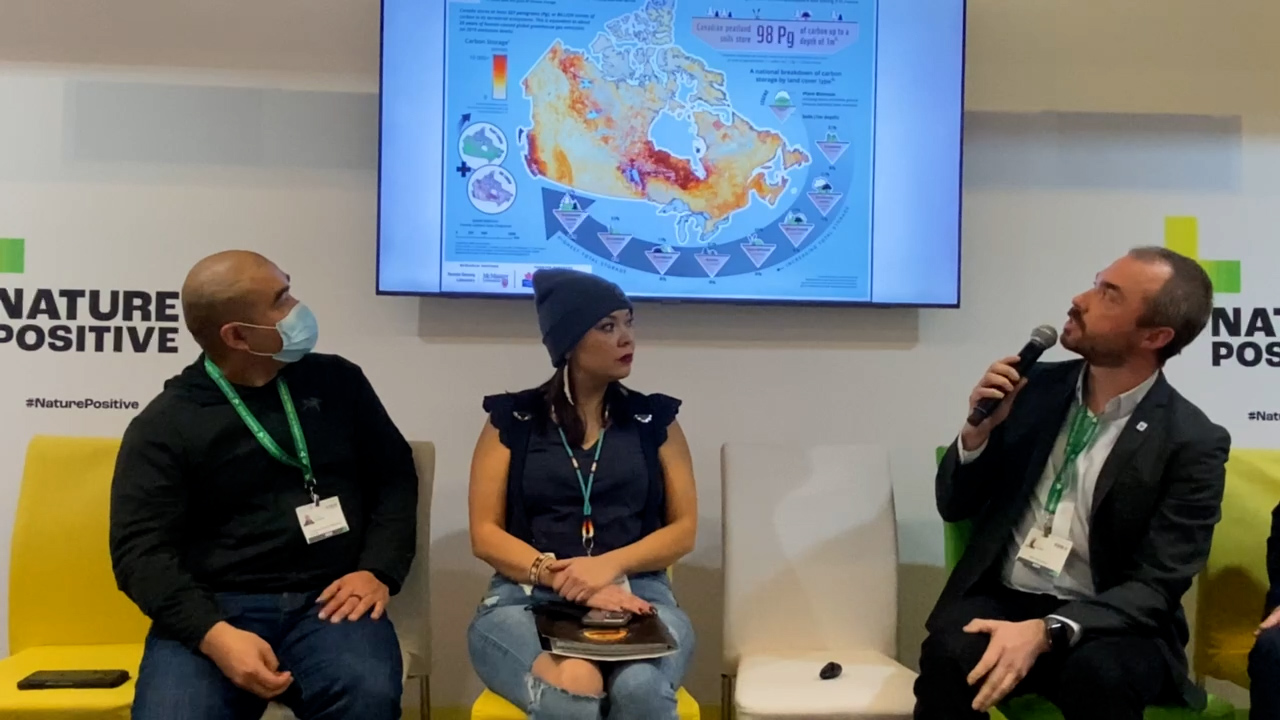For Canada, Indigenous-led conservation led COP15
During COP15’s final week, as negotiators inside the Palais des Congrès wrangled over the details of the Kunming-Montreal Global Biodiversity Framework, WWF-Canada and our partners were ramping up pressure on the critical importance of Indigenous-led conservation.

At our December 14 breakfast panel, we launched our new Indigenous Protected and Conserved Area (IPCA) Support Fund to provide grants and contracts between $50,000 to $150,000 annually for up to three years.
“I’m thrilled to announce this fund, which is designed to be flexible and responsive in order to best serve and support Indigenous stewardship of their lands and waters,” said WWF-Canada’s president and CEO, Megan Leslie.
Leslie then introduced the panel — Stephanie Thorassie, executive director of the Seal River Watershed Alliance; Vern Cheechoo, Mushkegowuk Council’s director of lands and resources; Steven Nitah of Łutsël K’é Dene First Nation; Nadina Gardiner of Cumberland House Cree Nation; and Jimmy Ullikatalik from Taloyoak, Nunavut — who shared their knowledge and experiences to an overflowing room.
Guests included environment minister, Steven Guilbeault who opened the event by discussing how critical it is to partner with Indigenous communities to achieve nature protection targets.

“Obviously governments, and certainly my government, need to do more. But what we need to be looking at — not just in Canada, but around the world — is how do we bring in more money for conservation, and how can we do this very, very quickly.”
Hours later, he announced a feasibility study for the Seal River Watershed, a potential IPCA the size of Nova Scotia.
“The four First Nations of the Seal River Watershed are offering a gift to the world,” Thorassie said in response. “The gift of sustaining one of the largest intact watersheds left on the planet.”
The day before, WWF-Canada hosted a press conference for international media with most of the same members of our breakfast club, during which Nitah pointed out that “getting to 30 per cent is not going to cut it. We need to change our worldviews. We need to understand that we are nature.” (Read more here.)
Later in the week, Minister of Fisheries and Oceans, Joyce Murray announced funding for WWF-Canada’s blue carbon collaborations with Miawpukek First Nation on the western coast of Newfoundland and Mushkegowuk Council in northern Ontario, alongside the Hakai Institute, to support community-based work on carbon stored in coastal marine ecosystems.

And over at our COP15 Nature Positive Pavilion, WWF-Canada’s VP of Science, Knowledge and Innovation, James Snider discussed the nexus of biodiversity, carbon, and Indigenous rights with Kitasoo/Xai’xais First Nation Chief, Doug Neasloss, Stephanie Thorassie and Nature United Canada’s Ronnie Drever and Tyson Atleo.
“Increasingly, we are asking: what are the roles of protected and conserved areas as a mechanism to avoid the conversion of really important ecosystem carbon storage?” Snider said.
He also noting that as much as 30 per cent of emissions reductions could be achieved through nature-based climate solutions like protection and restoration. And if done right, this will benefit local communities as well as the world writ large.
“I remember the 90s. It was a really difficult time, most of us were unemployed — there was no hope, no future for our young people. We live on an island and it’s a really difficult place to generate business,” said Chief Neasloss, whose 350-person community Klemtu is on the coast of the Great Bear Rainforest.
“When we started talking about conservation-based economies and looking at longer-term sustainable industries, things like tourism came about. But stewardship is super cool. The fact that we get paid to protect our territory — sometimes we gotta pinch ourselves to say this is our job.”
